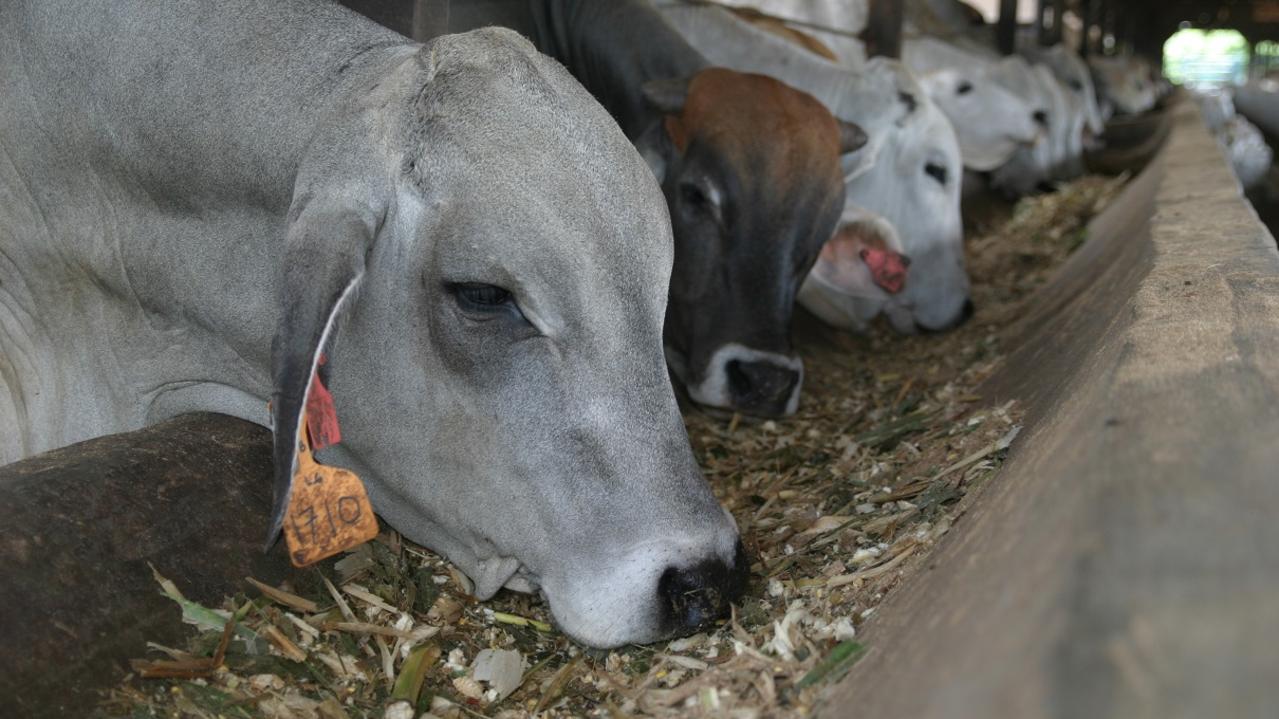Queensland mine death probe unit ‘two years away’
In the past two years, eight men have died and five have been badly burned in Queensland’s coal mines and quarries.

In the past two years, eight men have died and five have been badly burned in Queensland’s coalmines and quarries, but the state government will not set up a specialised serious accident investigation unit until 2022.
A rare board of inquiry is investigating the cause of a methane explosion at Anglo American’s Grosvenor underground metallurgical coalmine near Moranbah, in central Queensland, on May 6, that nearly killed five workers.
In a sworn statement to the inquiry, Queensland’s chief inspector of coalmines, Peter Newman, said the inspectorate would be overhauled to better deal with reports of potentially dangerous events in the sector.
He conceded the inspectorate was chronically understaffed and overworked. He had been able to fill only 24 of the inspector roles of the 28 available because the government agency simply could not compete with the much higher salaries offered by mining companies for the skilled and experienced staff required.
He said it was also difficult to find prospective inspectors willing to be based full-time in the regional centres of Rockhampton and Mackay when mining companies let senior managers fly in, fly out from Brisbane.
He estimated that about one-third of his staff were dedicated to investigating fatalities and serious accidents. On top of that, the inspectorate received about 36 notifications of a “high-potential incident” in a coalmine each week, and also had to conduct routine inspections and audits of mining operations.
This strain would not be alleviated until at least late 2021 or early 2022, his statement said.
Only then will the agency establish a “serious accident investigation unit” that would employ specialised inspectors and investigation officers to probe all fatalities and defined serious accidents.
It would also provide a single point of contact for serious accidents, while regional inspectors would continue to manage investigation of HPIs.
The Australian revealed recently that Anglo’s Grosvenor mine reported at least 98 dangerously high methane incidents to the inspectorate in the four years before the May blast.
The inquiry is investigating methane control problems at other Anglo mines, including Grasstree, also in the Bowen Basin, and at Oaky Creek Holdings’ Oaky North mine.
Grasstree ventilation officer Braedon Smith said the mine had had a string of high-methane incidents since July 2019 — at least 11 in less than a year — but had managed to eventually control the problem using several techniques.
Mr Smith said Grasstree had installed a device called a Sherwood curtain - a kind of tarp erected underground from floor to roof to help dilute methane - this year.
He said that increased the mine’s methane drainage capacity by 36% and after it was installed, there had been no further gas-related HPIs.
The inquiry also heard Anglo American bought four “blowers” from Germany, which had to be specially made at a cost of several million dollars, to help disperse the methane.
The inquiry continues in Brisbane on Friday, and is expected to hear from more Grasstree witnesses, as well as senior workers from Anglo American’s nearby Moranbah North mine.




To join the conversation, please log in. Don't have an account? Register
Join the conversation, you are commenting as Logout